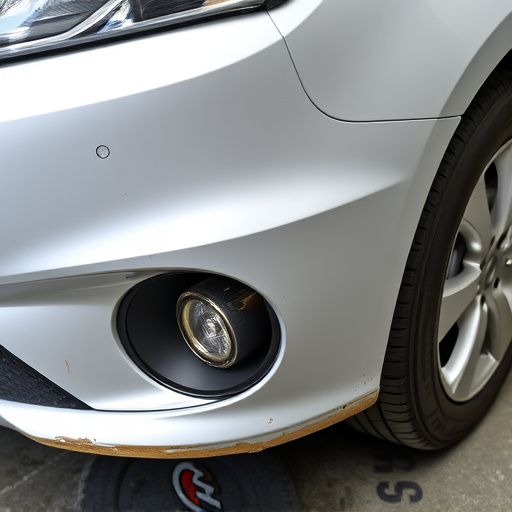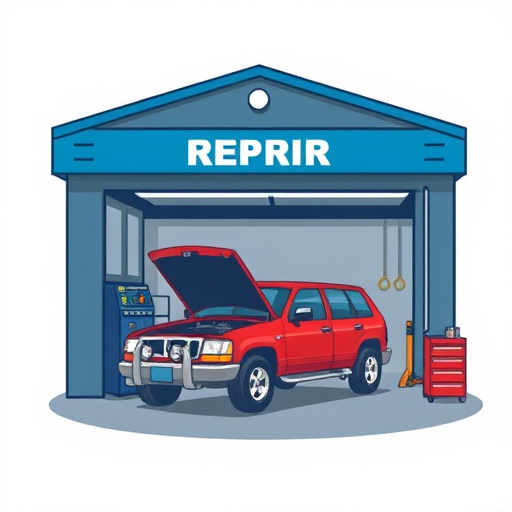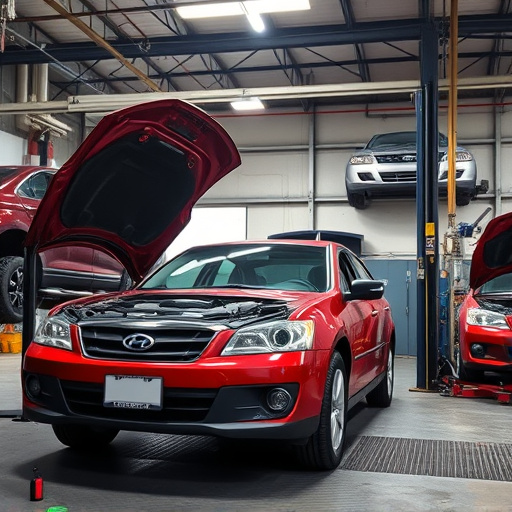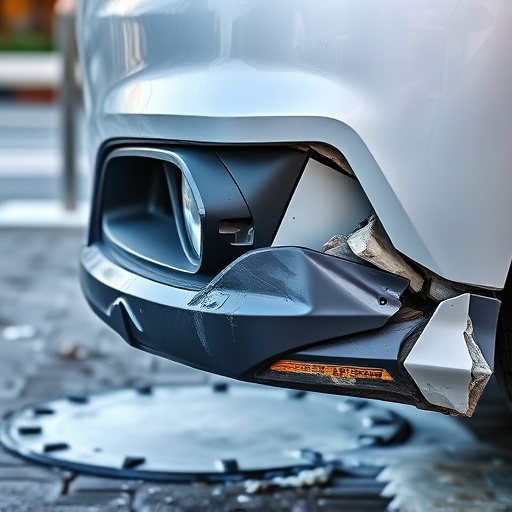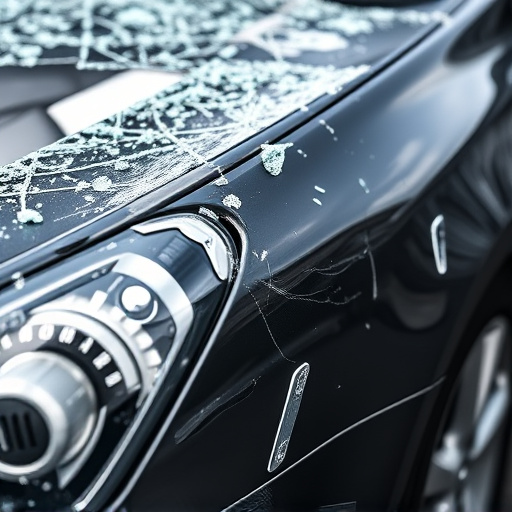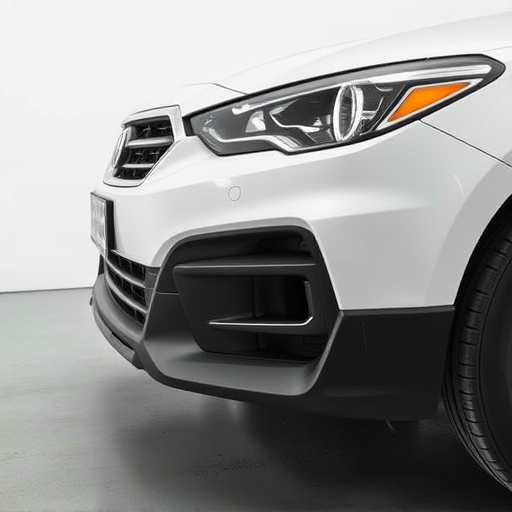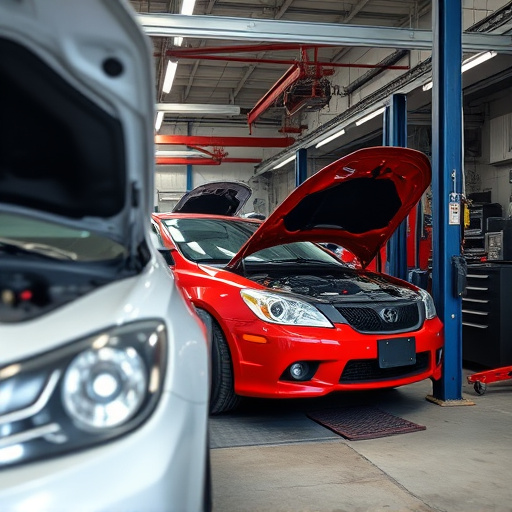Mercedes run-flat tires provide enhanced safety by maintaining vehicle structure after punctures, allowing drivers to continue at reduced speeds until reaching a repair shop. Replacement requires careful inspection and precision installation by professionals, matching original specifications for size, speed rating, and load capacity. Proper maintenance, including regular pressure checks and wear monitoring, is crucial for safe operation.
Considering replacing your Mercedes’ run-flat tires with regular ones? It’s a question many owners ask. This guide explores the process, benefits, and essential considerations of performing this swap on your Mercedes. From understanding the unique function and advantages of run-flats to navigating the replacement process step-by-step, you’ll gain valuable insights. Additionally, safety tips will ensure a secure transition. Discover if switching to regular tires is a viable option for your Mercedes.
- Understanding Mercedes Run-Flat Tires: Their Function and Benefits
- The Process of Replacing Run-Flats With Regular Tires on a Mercedes
- Considerations and Safety Tips for Mercedes Tire Replacement
Understanding Mercedes Run-Flat Tires: Their Function and Benefits

Mercedes run-flat tires are designed to provide continuous driving safety in case of a puncture. These specialized tires contain a built-in air pressure system that allows them to maintain their structural integrity even when deflated. This innovative feature significantly reduces the risk of car damage repair and enhances roadside safety, especially during emergencies or unexpected collisions.
Regularly maintaining and understanding the benefits of run-flat tires is crucial for Mercedes owners. While they might be more expensive than conventional tires, the peace of mind they offer is invaluable. In the event of a tire puncture, run-flats allow drivers to continue their journey at reduced speeds, minimizing the chances of accidents and facilitating safer access to auto repair shops or collision repair facilities.
The Process of Replacing Run-Flats With Regular Tires on a Mercedes

Replacing run-flat tires with regular ones on a Mercedes involves several steps and should be performed by an experienced auto body shop to ensure proper alignment and safety. The process typically starts with inspecting the vehicle to assess the condition of the existing tires and wheels, including checking for wear and damage. Once the inspection is complete, the old tires are removed using specialized tools, taking care not to damage the wheel rims or other components.
After the run-flat tires are off, new regular tires are fitted onto the wheels. It’s crucial to use tires that match the specifications of the original equipment, including size, speed rating, and load index. The wheels are then securely fastened with torque wrenches to ensure proper tightening. Finally, a test drive is conducted to verify the alignment, handling, and overall performance of the vehicle post-replacement. This process not only enhances safety but also restores the vehicle’s performance to its optimal state, similar to how a mercedes benz repair would after a more extensive service.
Considerations and Safety Tips for Mercedes Tire Replacement

When considering a Mercedes run-flat tire replacement, several factors come into play to ensure safety and optimal performance. First, it’s crucial to understand that regular tires and run-flats differ significantly in design and function. While regular tires rely on air pressure for structural support, run-flats are engineered with a durable sidewall that provides temporary support in case of a puncture.
Therefore, when switching from run-flats to standard tires, it’s essential to match the tire size, speed rating, and load capacity recommended by Mercedes for your specific vehicle model. Safety tips include ensuring proper alignment during installation, regularly checking tire pressure post-replacement, and monitoring for any signs of wear or damage. Additionally, consider professional assistance from a trusted auto body shop or mechanic, especially for intricate wheel and brake systems found in modern Mercedes vehicles, to guarantee precise auto frame repair and seamless integration of new tires, avoiding potential hazards associated with improperly fitted replacements.
While replacing Mercedes run-flat tires with regular ones is technically feasible, it’s crucial to weigh the potential risks. The unique design and functionality of run-flats provide enhanced safety features and emergency mobility benefits that regular tires lack. Before proceeding with the replacement, carefully consider your driving habits, frequency of long-distance journeys, and access to emergency services. Following proper safety tips and seeking professional guidance ensures a smooth transition without compromising your vehicle’s safety or reliability. For those seeking a more conventional tire option, closely examining the trade-offs will help make an informed decision tailored to their specific needs.




